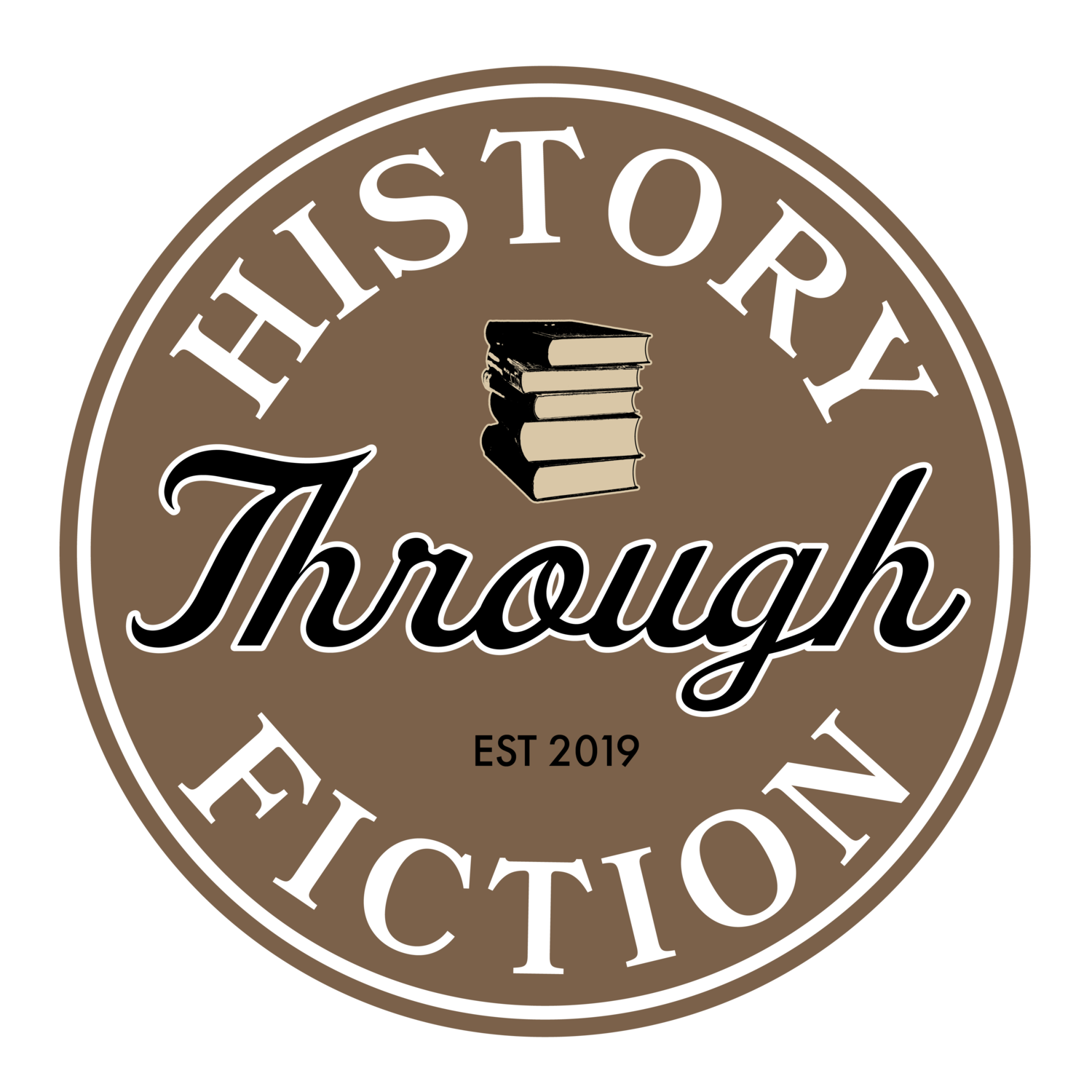The History of Hot Chocolate: A Sweet Saga
It’s hard to imagine life now without coffee, tea or chocolate, but for thousands of years, despite the rise and fall of many civilizations, the peoples of Europe enjoyed none of these staples of what we think of as the good life. In my novel, A Noble Cunning, hot chocolate plays a key role in my heroine’s plot to rescue her husband from the Tower of London. But before we examine the history of that delectable beverage, we should take a quick look at how tea and coffee came to Europe.
Tea was not established as a popular beverage in Europe until it arrived from China in the 1600s. Samuel Pepys famously mentions tea in his diary by recording on September 25, 1660, that he had sent for a cup of tea, “a China drink, of which I had never drunk before.” Apparently, he was unimpressed. Charles II’s queen Catherine of Braganza, who had enjoyed “the China drink” in Portugal, helped to popularize tea, but it did not become available and affordable for the entire populace until the exorbitant tea tax was dramatically reduced in 1774.
The coffee bush grew wild in Ethiopia, was first cultivated in Yemen, and, according to Venetian traders, became the “wine of Arabia” because Muslims were forbidden to drink alcohol. In any case, anyone who tried coffee soon realized that it sharpened the brain and the senses in favorable contrast to the dulling effects of alcohol—the perfect drink for merchants who wanted to stay on top of their game!
The spread of coffeehouses in England in the 17th century had a revolutionary effect on politics and the conduct of national business. Men who spent their spare time in taverns became progressively more and more befuddled. But men who met their cronies in coffeehouses energetically discussed and argued over the news of the day—not only the doings of monarchs and Parliament, but new books and plays and other forms of entertainment. Notables of the day such as John Dryden and Alexander Pope were known to patronize particular coffeehouses.
But what about chocolate, particularly hot chocolate? Where did it come from and how did it come to be even more popular than coffee? The Mayans were the first to enjoy a chocolate drink by mixing ground-up cocoa seeds with water, cornmeal, and chili peppers, developing a thick foam by pouring the beverage back and forth from cup to pot and drinking it cold. The Aztecs adopted it, calling it xocolatl, but its use seems to have been limited to the elites of Aztec society. Cocoa beans were used as currency throughout Mesoamerica.
Cortez brought xocolatl from Mexico to the court of King Charles V, in Spain, where it quickly became popular with courtiers. Over time, sugar was added and chili peppers eliminated and the drink was served hot rather than cold. Cocoa was even given as a dowry when aristocrats married.
In A Noble Cunning, my heroine Bethan Glentaggart assumes that hot chocolate was popularized by the French, because the French were the source of all things fashionable. In reality, the drink did not arrive in France until 1615 when Anne of Austria brought it to Louis XIII of France as an engagement gift.
The first Chocolate House, similar to a coffeehouse, was opened in London in 1657. The redoubtable Samuel Pepys (again!) commented on April 24, 1661, the day after King Charles II’s coronation, that he had “waked in the morning with my head in a sad taking through the last night’s drink, which I am very sorry for; so rose and went out with Mr. Creed to drink our morning draft, which he did give me in chocolate to settle my stomach.” In no time there were several hundred chocolate houses in London, which gained a reputation for luxury, decadence, and scandal. Because hot chocolate came from France and Spain, chocolate houses were associated with popery and idleness until pamphlets were distributed touting the drink as offering special health benefits. Moral critics of the time associated coffeehouses with irreligion, sedition and treason, while those who frequented chocolate houses focused on love, gambling, and fashion. The decadent libertine King Charles II was said to have been a great chocoholic, perhaps at least partly because chocolate was thought to be an aphrodisiac.
English: White's Chocolate House, London, circa 1708. Image from Wikimedia Commons
It was undeniable, however, that all three new drinks, chocolate, coffee, and tea, were more healthful than alcoholic beverages.
In A Noble Cunning, Bethan and her friends find a special use for hot chocolate, which, by 1716, was the favorite morning drink of the first German king to be installed on the British throne, George I. It is somewhat ironic that Bethan uses the new king’s favorite beverage as part of her plot to save her husband from the doom that had been ordained for him by Parliament and that selfsame King George I.
Want to know how Bethan used hot chocolate to try and rescue her husband from the Tower of London? Did she succeed? Find out by reading, A Noble Cunning.
"This is a riveting and largely unknown story, based on true events, about a remarkable woman’s strength, love and courage against formidable odds. Set amidst English and Scottish hostilities in the early 1700s, and the terrible religious persecution of the period, Patricia Bernstein brings the countess’s extraordinary tale to dramatic life."
– Karen Brooks, International Best-selling Author of The Good Wife of Bath and The Locksmith’s Daughter



